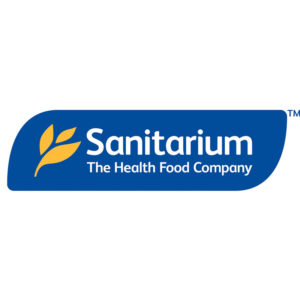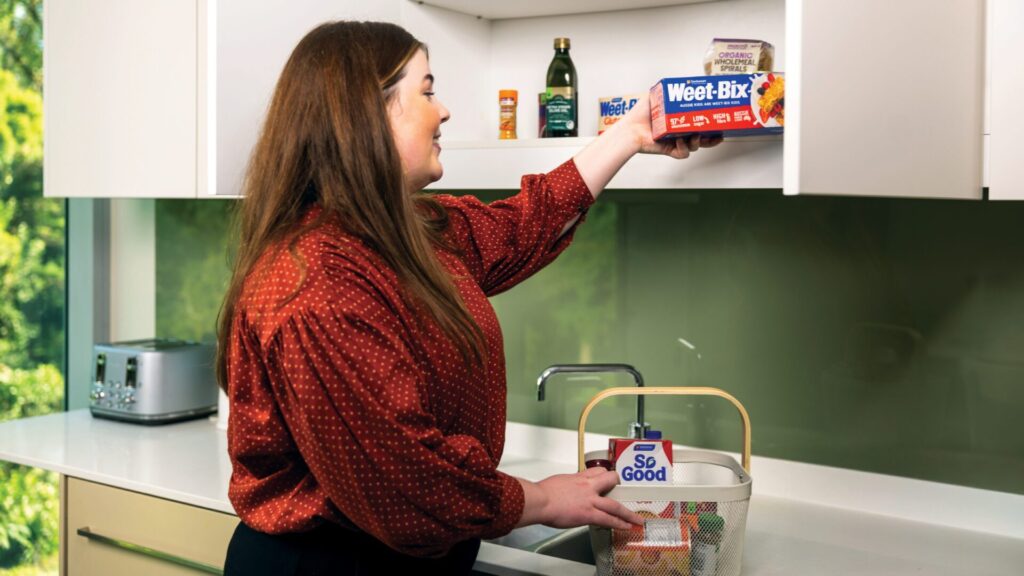Millions of people around the world are now actively reducing or completely eliminating meat from their diet, mainly to improve their health, reduce their impact on the environment or out of concern for animal welfare.
Cue the rise of products that look like meat, taste like meat and cook like meat, without an animal in sight. But what exactly are these meat alternatives? They’re plant-based foods that provide a similar taste and texture experience to meat and are made from protein extracted from plants, usually wheat, pea or soy.
Are they better for the planet?
Did you know a whopping 14.5 per cent of global greenhouse emissions are due to livestock and their by-products? Not only do plant-based foods have no methane emissions, they typically require less water to produce right through the supply chain. So it’s a win for the environment!
Are they really better for me?
Research shows people following a balanced plant-based diet are healthier and often slimmer than meat eaters. However, are these meat alternatives healthier than the real deal? Plant-based meats are typically lower in total fat and kilojoules when compared to meat. They provide an additional source of protein without the cholesterol typically associated with meat products. To make the best choice, look for those lower in saturated fat and sodium.
When eaten occasionally, along with a diet rich in fruits, vegetables, wholegrains, nuts and seeds, they add convenience, variety and new flavours to your diet. Meat alternative products are not a replacement for the whole food plant proteins you’re already eating such as legumes, soy and nuts. However, if you want to have the occasional meal that has a similar taste and texture of meat, without eating animals, then that’s where meat alternatives are a great addition to the menu.
Other types of plant-based protein
Pistachios. These tasty little morsels are the perfect package, providing the awesome combination of plant protein, iron and zinc—important nutrients if you are on a vegetarian diet. Pistachios and almonds have the most protein of all nuts, with just one handful containing 6g. Another nutty option is cashews, providing 5g of protein in one handful.
Chickpeas. Budget-friendly nutrition at its best. Chickpeas are cheap to buy, low in fat, low GI and a good source of B group vitamins, iron, zinc, folate and magnesium. They are also a great way to add amino acids to your diet. Mix them with tahini (sesame paste) to make a hummus and you’ll tick the box for a nutritious spread that is a complete protein.
Broadbeans. This ancient bean was one of the first farmed crops. Known as the king of beans, broad beans are full of nutrients with a 150g serve providing 11g protein as well as fibre, folate, vitamin C, iron, riboflavin and thiamine.







